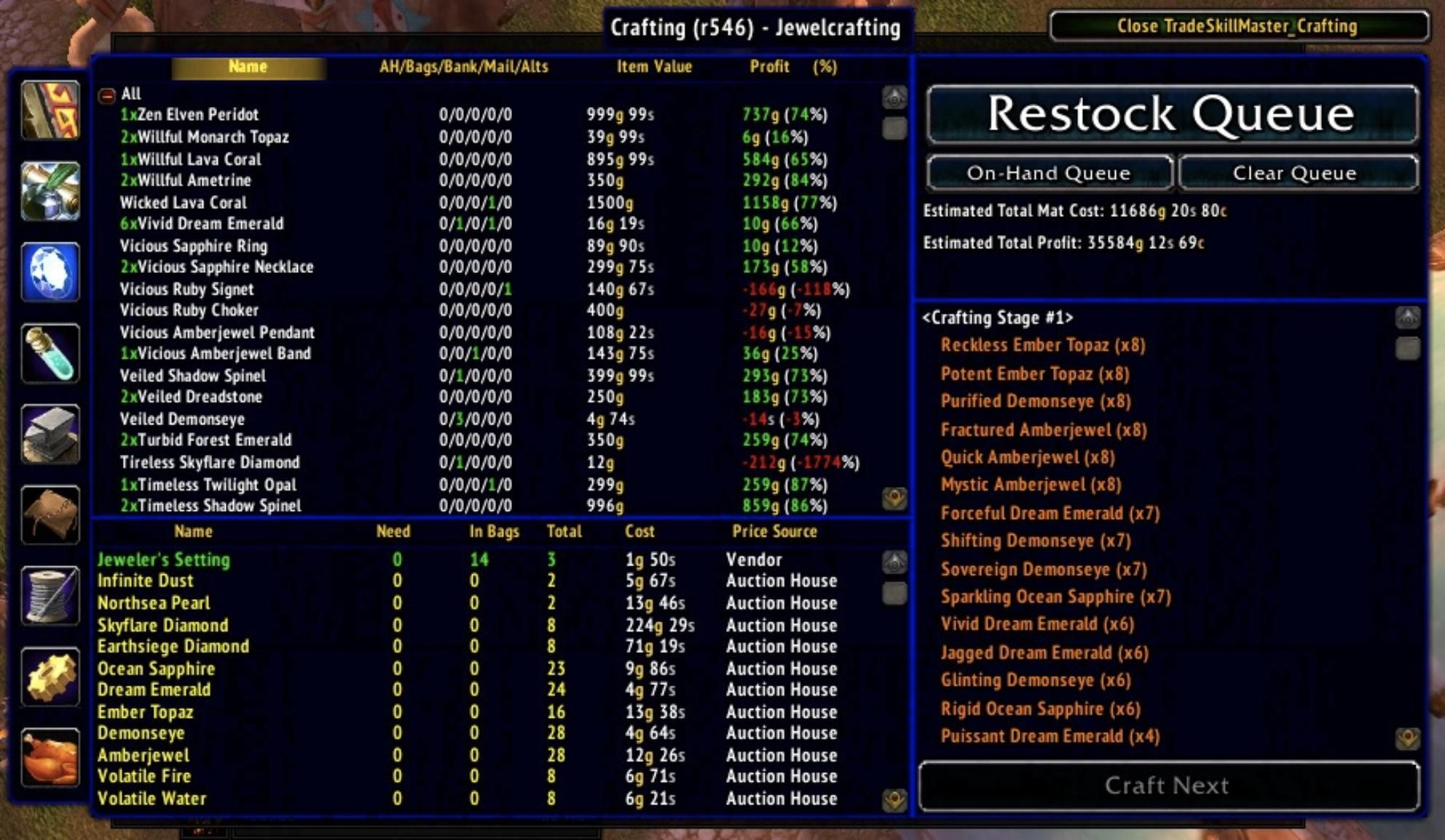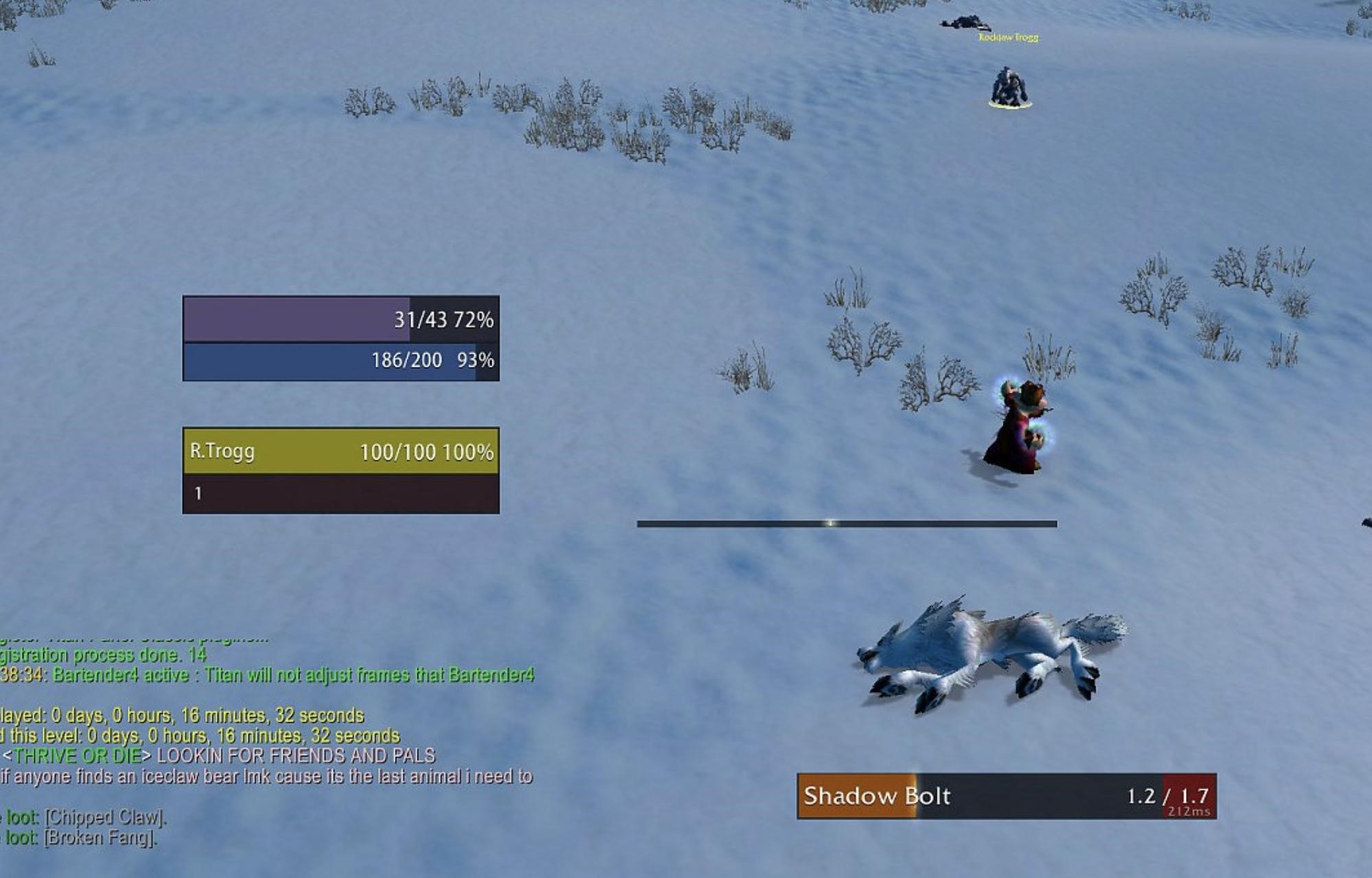
While not so useful for instances with only a few entries like Ragefire Chasm, the search comes in handy when there are a ton of entries, like for Blackrock Depths or the AtlasMajorCities plug-in. Note that the search is performed only on the entries for the current map, not all the entries in the database. Type part of a word or name in the box and click the Search button, and the legend's entries are reduced to only those that match your text. At the bottom of the legend is a small text-entry field as well as Search and Reset buttons. Lock it in place with the little lock button in the upper-right corner. You can also drag the Atlas window around the screen. The drop-downs at the top of the window enable you to navigate between the maps. You can alternatively use the slash-command /atlas. Click this icon to open up the main Atlas window, which displays the maps and legend. After installing Atlas, you'll notice a new icon on the minimap that looks like part of a little globe (you can right-click the icon to drag it around the minimap's frame).

Atlas also includes maps of battlegrounds, dungeon locations, flight points, and outdoor raid bosses. Furthermore, the maps are marked with the locations of bosses and other points of interest. However, it's the images that come with Atlas that make it worthwhile: a map for every instance in the game.

The core of Atlas is basically an image viewer. You can still see the area surrounding you in the minimap when you're in an instance, but never the overall layout of the entire dungeon.

For some reason, Blizzard decided to include beautiful maps for every area of Azeroth except instances.


 0 kommentar(er)
0 kommentar(er)
